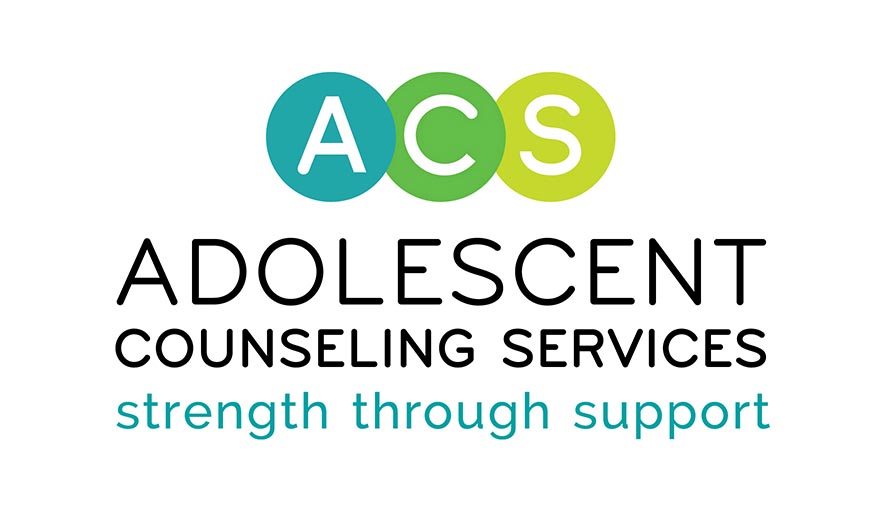
Mindful Parenting: Responding to Your Child’s Big Feelings
Written By: Teagan Novick, Clinical Trainee at ACS, On-Campus Counseling Program
WHEN YOUR CHILDexpresses big feelings, there are several ways in which a parent can respond. A helpful tool when learning to recognize and respond to a child’s distress can be mindful parenting. Practicing mindful parenting consists of five key elements: awareness, attention, nonjudgmental acceptance, compassion, and self-regulation.
The Five Elements of Mindful Parenting
- Awareness: Noticing your own and your child’s potential thoughts, emotions, and behaviors and considering how the parent-child relationship can be reflected in the interaction.
- Attention: Focusing your attention on your child’s experiences, as well as your own, without distraction. For instance, when a child shares their feelings, actively listening can make the child feel heard and understood.
- Nonjudgmental Acceptance: Approaching your own and your child’s emotions and behaviors without criticism or unrealistic expectations. Accepting a child’s feelings, even when they’re negative, helps reduce automatic, critical responses and creates a supportive environment.
- Compassion: Providing understanding, kindness, and comfort both to oneself and to the child during difficult moments. This might involve empathizing with a child’s fears or worries and offering comfort while validating their feelings. For parents, it also means reducing self-blame and extending self-kindness when facing parenting challenges.
- Self-Regulation: Managing your own emotions and reactions during parent-child interactions. This allows parents to stay calm and determine helpful ways to respond, slowly rather than automatically. This can include taking a deep breath, using a low voice, and pausing before responding.
The Importance of Mindful Parenting
Integrating these elements into everyday interactions can lead to numerous positive outcomes:
- Increased Parent-Child Connection: By paying close attention and openly listening, children are more likely to share, which strengthens emotional bonds and communication.
- Balanced Emotional Responses: Awareness and self-regulation helps parents recognize and manage their own emotional states, leading to more thoughtful, supportive reactions.
- Supportive Environment for Children: Nonjudgmental acceptance and compassion creates a safe space for children to express themselves while allowing children to have self-compassion toward themselves as big feelings arise.
- Positive Parenting Outcomes: Mindful parenting has been linked to better mental health for parents, higher quality of parenting, positive family dynamics, and healthier child development.
Examples of Mindful Parenting in Action
- Listening Attentively: A parent might notice their child is unusually quiet after school. A parent might acknowledge this by saying “I noticed you seem a bit down today. Do you want to talk about it?” By offering undivided attention, the parent creates space for the child to express themselves.
- Calm in Conflicts: When a child expresses emotional distress in response to being told that cannot use their toy, a mindful parent might first check their own emotions, take a deep breath, and then calmly explain why the toy isn’t an option right now and offering a safe space for their feelings.
- Empathizing With Fear: If a child expresses anxiety about a new activity, a mindful parent might respond, “I understand trying new things can be scary. I feel that way sometimes, too. It’s okay to feel nervous, and I’m here with you.” This helps the child feel supported and understood.
Conclusion
Mindful parenting involves bringing one’s awareness to the present, being patient, and compassionate. By integrating awareness, attention, acceptance, compassion, and self-regulation into daily parenting practices, parents can foster a positive environment that supports both their well-being and their child’s healthy emotional development. When parents actively engage in mindful parenting, they build stronger connections, reduce conflicts, and promote resilience, ultimately contributing to a more positive family dynamic and helping children navigate their emotions effectively.
___________________________
References
Ahemaitijiang, N., Fang, H., Ren, Y., Han, Z. R., & Singh, N. N. (2021). A review of mindful parenting: Theory, measurement, correlates, and outcomes. Journal of Pacific Rim Psychology, 15.
